Now I have processed and prepared the recorded sounds, it’s time to create a song. Although I usually work in the Arrangement View in Ableton Live, this time I decided to work in the Session View to try out MIDI Control, which we learned about in class.
Initially, I wanted to use all the recorded sounds, so I separated them by types of sounds. However, I soon realized that organizing them this way made it nearly impossible to create and control a song in the Session View. Therefore, I gathered the sounds that could be used as percussion into an Instrument Rack. I categorized the sounds similar to a drum kick and snare with a higher frequency and no resonance separately. I also separated scratching sounds which have no certain rhythm, and separated sounds from thread for melody or bass lines outside of the Rack to make it easier to create melodies. Organizing sounds with similar roles separately was beneficial when it came to MIDI control.
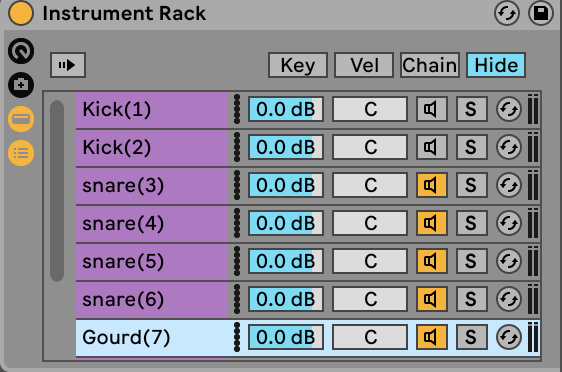
The drum part’s rhythm was divided into five sections, influenced by the rhythms of traditional Korean music. The main melody part, called the Thread, was primarily based on the minor pentatonic scale, a prominent feature in traditional Korean music, using the five notes ‘C-D-E(Eb)-G-A(Ab)’.
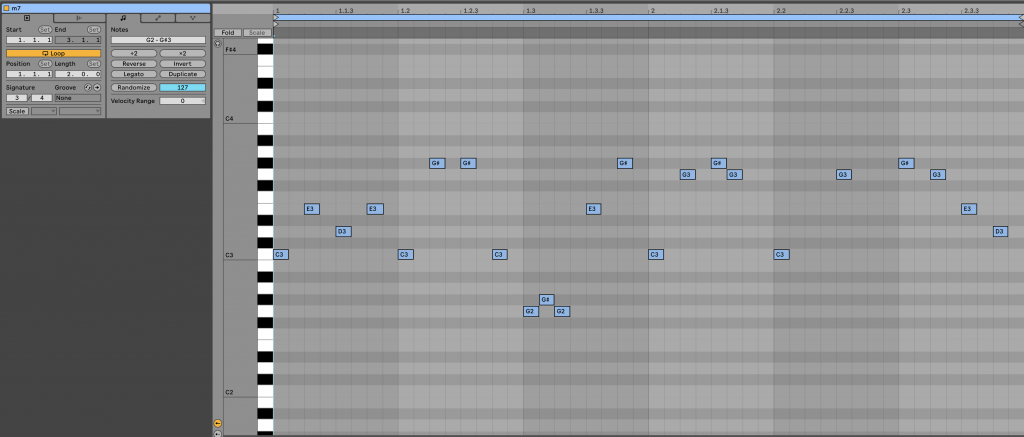
For this project, I focused heavily on MIDI control. Initially, I intended to use my controller, the MIDI Fighter Twister from Dj Techtools. This model features 16 knobs that also function as switches and allows up to six banks, providing a total of 96 controls. However, the switches on this model operate in Toggle mode rather than Trigger mode, meaning they send a ‘1’ signal when pressed and a ‘0’ signal when released.
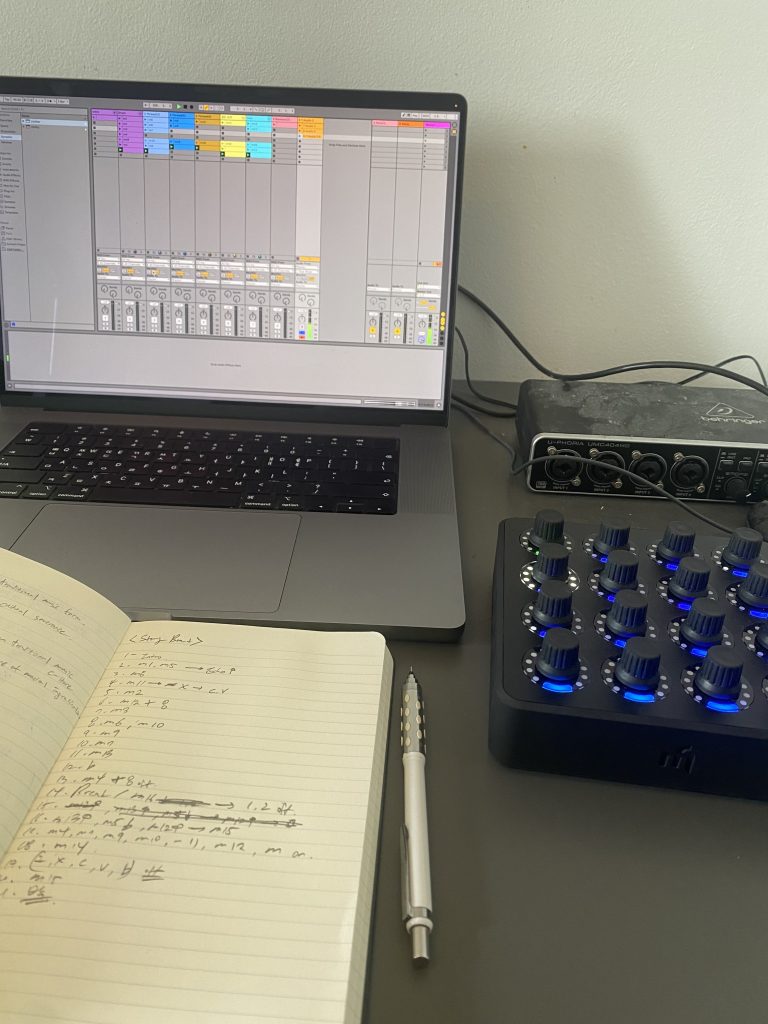
Consequently, I couldn’t use it to turn the sounds in the Instrument Rack on and off, but it was useful for pressing the play button to move to the next phase in the Session View. Since this MIDI controller couldn’t control the sounds in the Rack, I also had to use Key Mapping.
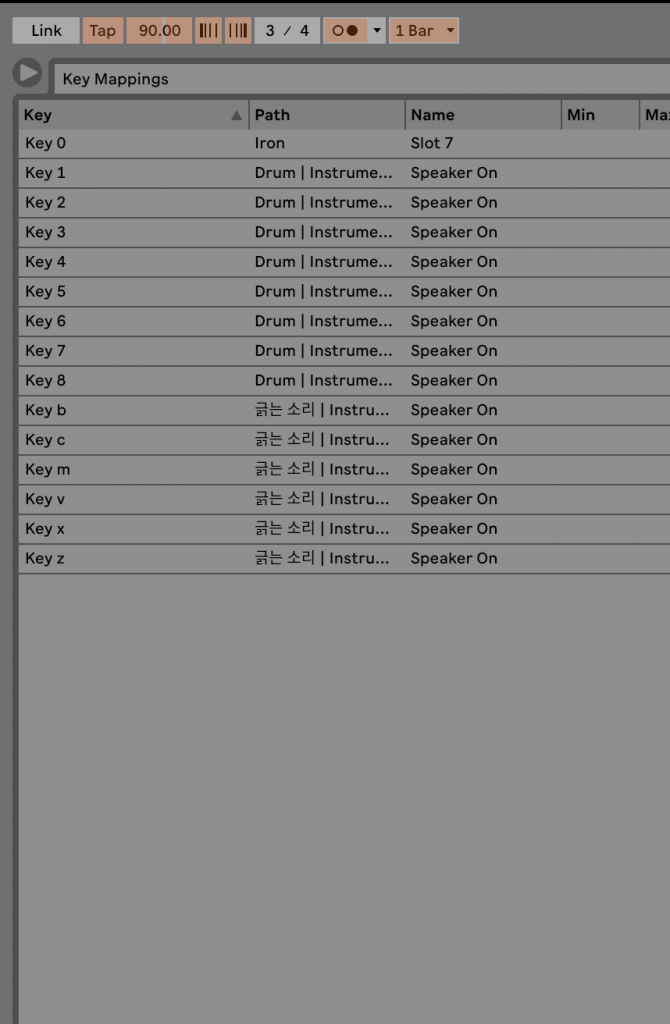
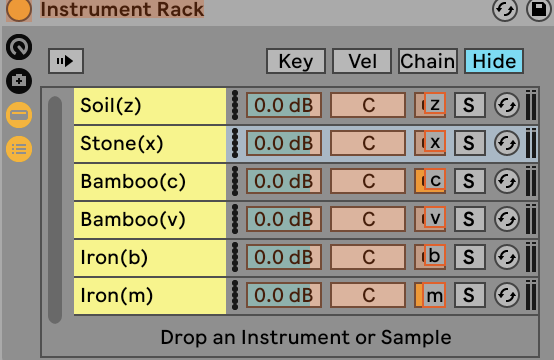
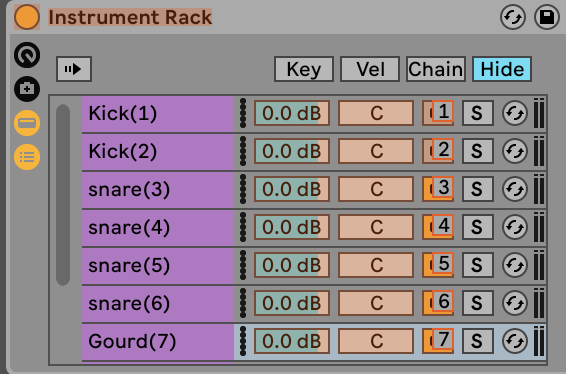
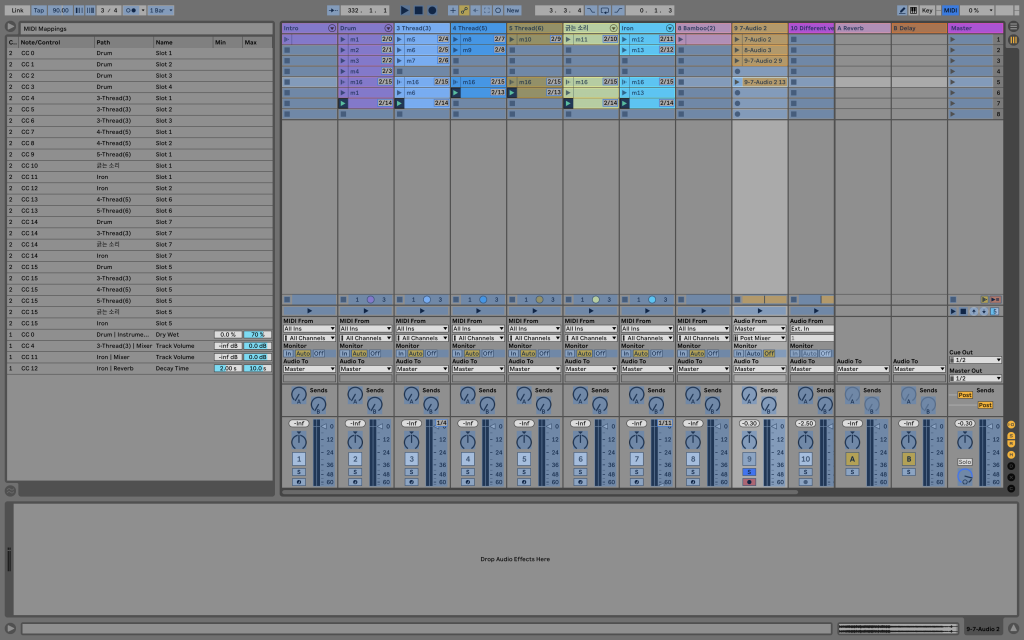
The work was developed through three drafts. These drafts weren’t meant to be different complete versions but were created to save various combinations of rhythms and flows of the song before finalizing it. The second draft allowed me to write a rough storyboard, but I later decided to insert a break in the middle. I tested various ideas alone and created new melodies and rhythm types, leading to the final draft.
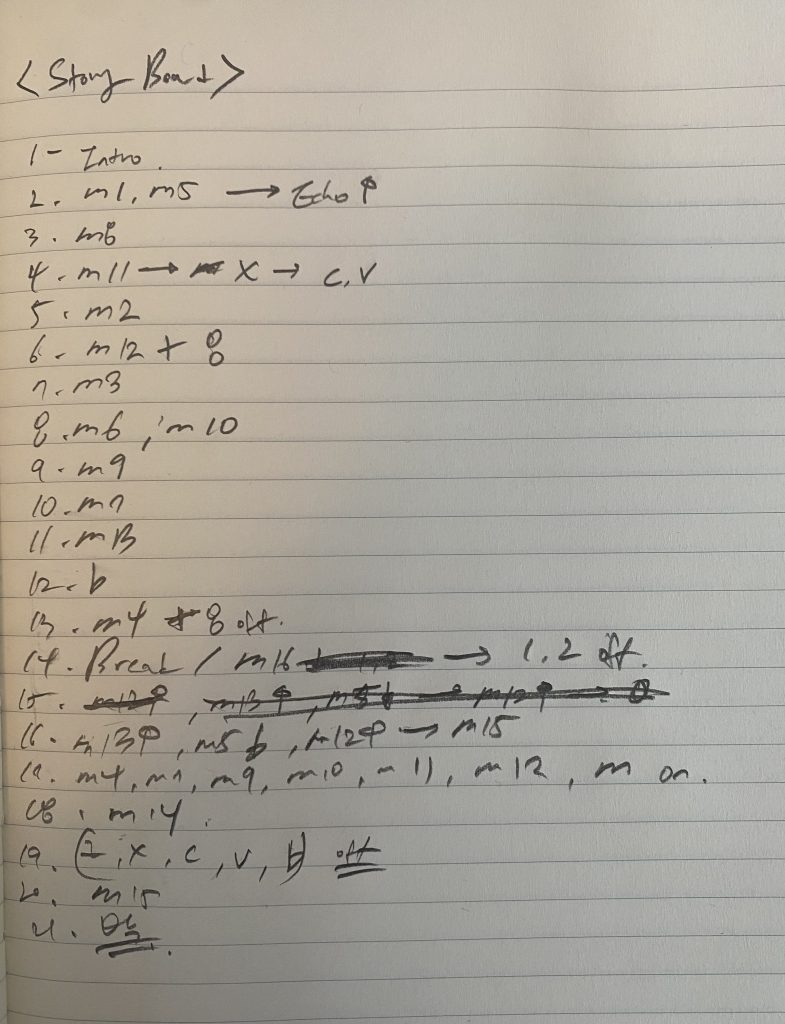
Although it was challenging to control the various sounds and insert and remove them at precise timings, the process itself was enjoyable. It also felt somewhat aligned with the improvisational aspect, a significant characteristic of traditional Korean music.